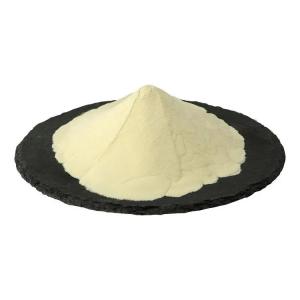Phosphatidyl serine is included in snack balls.
Time:2025-08-20Phosphatidylserine is a phospholipid that has gained attention in food product development, particularly in the area of functional and innovative snacks. Among these applications, snack balls—compact, bite-sized products made from a variety of ingredients—offer a versatile format for including phosphatidylserine.
Role in Snack Ball Formulation
Snack balls are typically composed of nuts, seeds, cereals, dried fruits, or plant-based proteins bound together into small, portable servings. Phosphatidylserine can be incorporated directly into the dry mix or blended with binding agents such as syrups, pastes, or nut butters. Its presence can contribute to the positioning of snack balls as modern, premium items with unique formulation features.
Processing Considerations
Since snack balls are usually manufactured without high-temperature baking, the incorporation of phosphatidylserine is relatively straightforward. Mixing and forming processes focus on ensuring even distribution of the ingredient while maintaining texture and flavor balance. In some cases, coating or encapsulation techniques may be used to protect phosphatidylserine during storage, especially if the product is exposed to light or oxygen.
Market Applications
Snack balls appeal to consumers seeking convenient, portion-controlled options. By including phosphatidylserine, manufacturers can differentiate their products within the competitive snack market. Such items can be marketed as energy bites, protein balls, fruit-and-nut clusters, or functional snack spheres, aligning with contemporary consumer trends.
Example Variations
Phosphatidylserine can be added to:
Protein-based snack balls made from whey, pea, or soy protein blends.
Fruit-and-nut snack balls containing dates, raisins, almonds, or cashews.
Grain-based snack balls featuring oats, puffed rice, or quinoa.
Coated snack balls with layers of chocolate, yogurt, or flavored powders.
Conclusion
The inclusion of phosphatidylserine in snack balls illustrates the adaptability of this ingredient in modern snack innovation. By combining convenience, variety, and novel ingredient use, snack balls represent a forward-looking category where phosphatidylserine can be effectively integrated into everyday snacking formats.


 CN
CN





